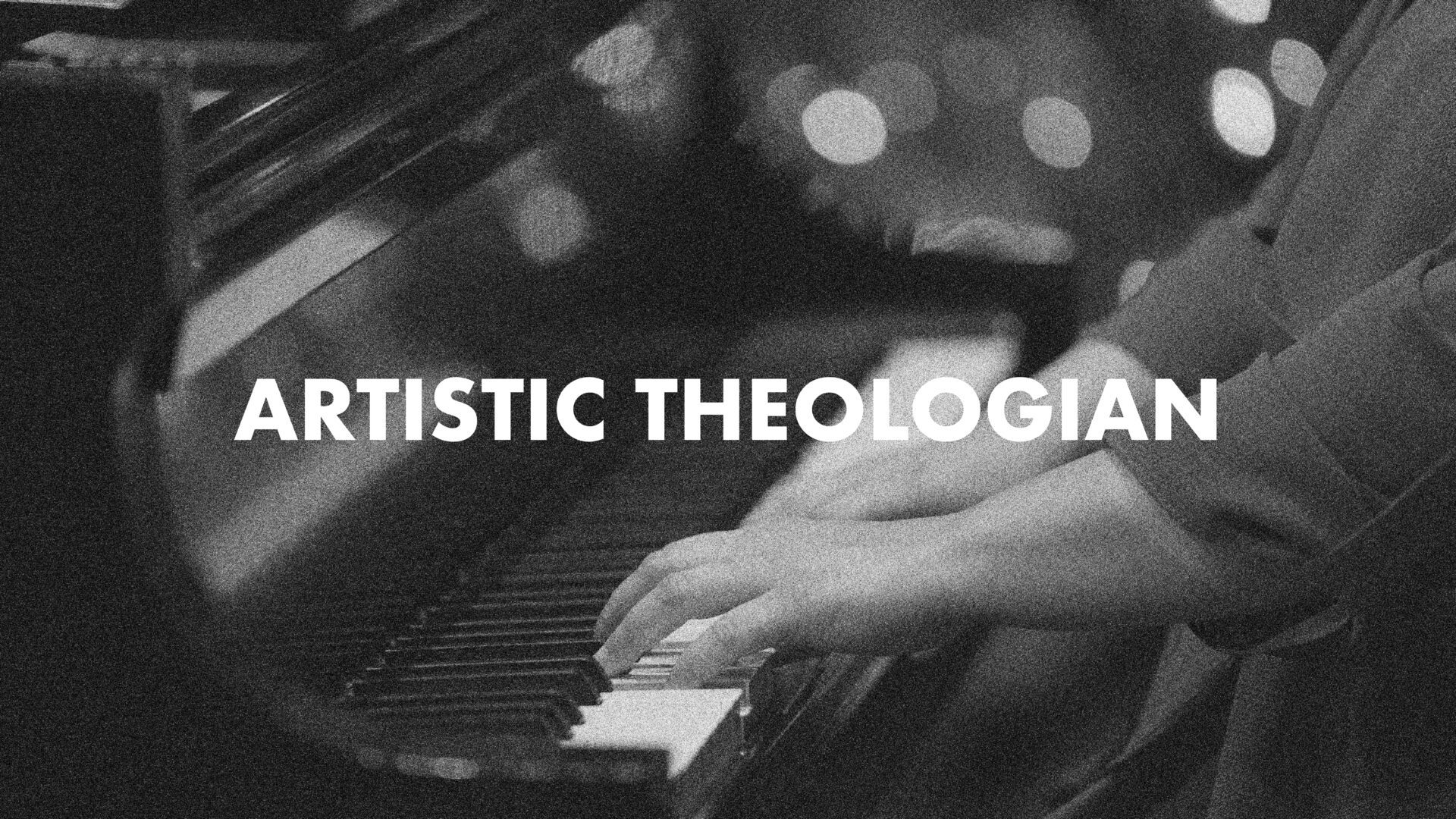
Baptists and Unity
Southwestern Journal of Theology
Volume 51, No. 1 – Fall 2008
Managing Editor: Malcolm B. Yarnell III
By Paul M. Hoskins. Paternoster Biblical Monographs. Waynesboro, GA: Paternoster, 2006. 265+ xiv pages. Softcover, $35.00.
This volume is a revision of a dissertation done by Paul Hoskins at Trinity Evangelical Divinity School under the supervision of D.A. Carson. Carson pens a foreword to the book that points to the feature of this volume that sets it apart from the many others that treat Jesus and the temple in John. That distinctive feature is the fine treatment of typology offered by the author.
Hoskins opens with a chapter that provides a helpful summary of what is happening in Johannine studies and a very important survey of the state of the scholarly discussion on the issue of typology. Anyone interested in typology should begin their research with this excellent, up to date discussion of the issue. Chapter two examines the significance of the temple in the Old Testament and in some extrabiblical Jewish literature. Hoskins argues that the Old Testament establishes key patterns that will be matched and exceeded by Jesus. Chapter three exegetes passages in John that point to Jesus fulfilling and replacing the temple: John 1:14; 1:51; 2:18–22; and 4:20–24. Chapter four takes up the relationship established in the Gospel of John between the temple and the Jewish feasts and the provision Jesus brings in his death, resurrection, and exaltation.
Chapter five moves on to a key issue in the discussion of typology. A typological relationship between the temple and Jesus is established on the three points that in fulfilling the temple, Jesus has (1) fulfilled an Old Testament institution (2) through the significant correspondence between the institution and himself and (3) he has also surpassed the temple in the greater provision he makes. The question Hoskins moves toward in chapter five is whether the Old Testament temple typology is to be understood as “prospective or predictive.” In other words, did the temple point forward to what Jesus would do? Or, alternatively, should the temple typology only be understood retrospectively, since its import was unknown to the Old Testament author? Hoskins identifies the position that the typology was predictive as the traditional view, and he indicates that this view highlights divine intention in the Old Testament patterns. This position is informed by what Hoskins argued in the introduction to the volume: that proponents of the traditional understanding of typology “can appeal to a canonical approach that views one divine author as ultimately responsible for the unity of the whole canon” (25). As indicators that the Old Testament types are understood by John as predictive, Hoskins points to John recounting statements that Moses wrote about Jesus ( John 1:45; 5:46) and to the words of John 19:36, which state that what happened to Jesus occurred in order to fulfill Scripture. Thus, these considerations imply that “John is comfortable with the idea that a type can predict or prefigure its antitype” (188).
Chapter six summarizes the findings of the study and compares them to similar material in Paul and Revelation. Hoskins finds that John pro- vides the basis for Paul’s identification of the church as the temple of the Holy Spirit, and he suggests that the temple blessing of God dwelling with His people finds its consummation in what is described in Revelation.
This book is the perhaps the most important study of typology to have been produced in many years, and the clarification of the typological nature of the relationship between Jesus and the temple in John makes a significant contribution to Johannine studies. The temple has received a good deal of attention lately and Paul Hoskins helps us to see that Jesus is the antitype of the temple. The implications of this volume extend beyond the boundaries of Johannine scholarship, for in some circles there is a good deal of confusion regarding the way that the New Testament authors un- derstand and refer to the Old Testament. A renewal of interest in typology is a development that will bring clarity to much of the confusion. This volume moves that discussion forward and deserves significant attention, worthy as it is of careful reading and frequent citation.





